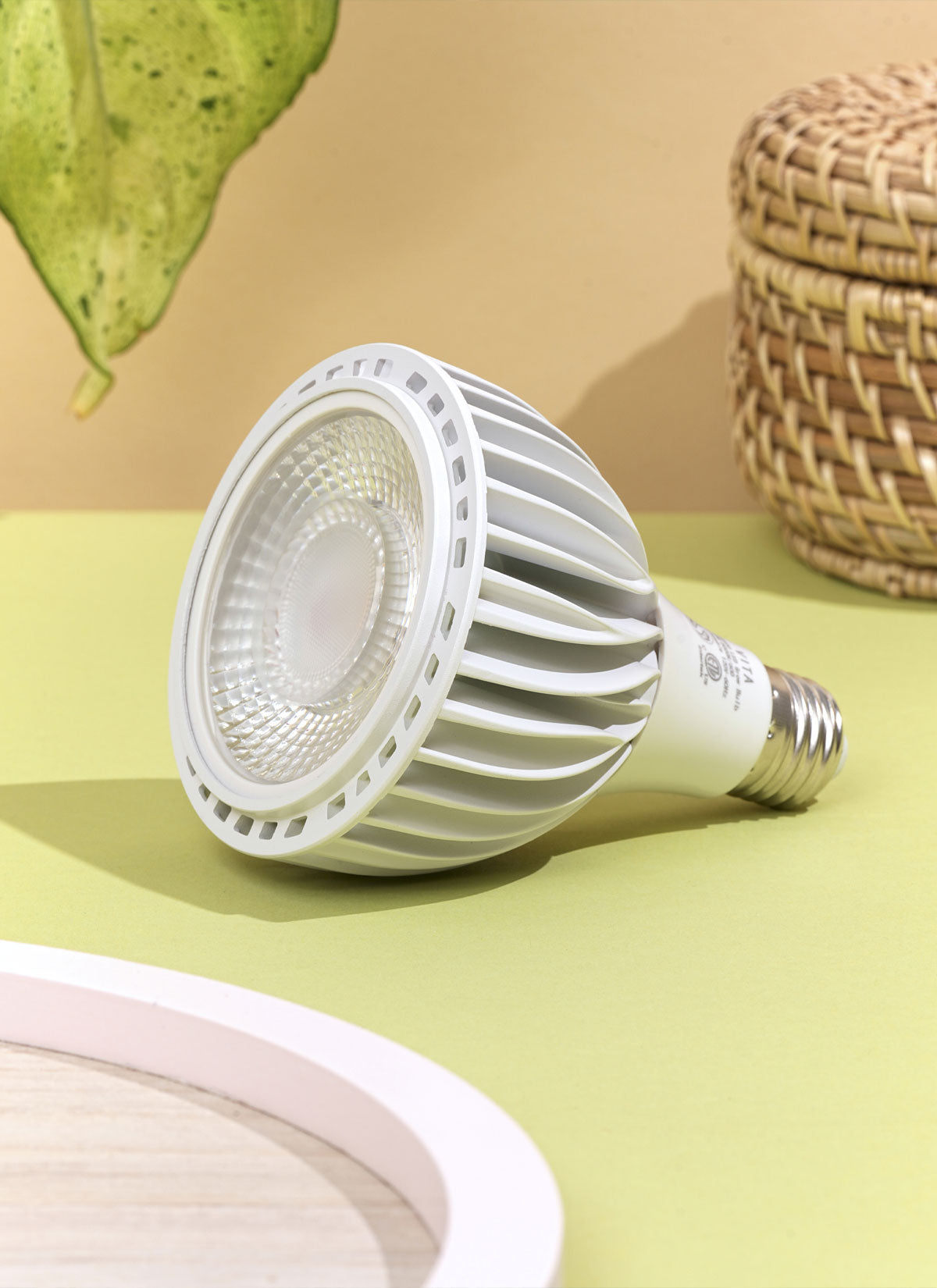Quick Tip: Water until water comes out of drainage holes. Allow soil to completely dry between waterings. This plant prefers distilled water.
Dragon trees prefer to be kept on the slightly drier side, with soil that is allowed to dry out between waterings. Water the plant deeply when the top inch of soil feels dry to the touch, using room temperature water. Be sure to allow any excess water to drain out of the bottom of the pot, and avoid letting the plant sit in standing water, as this can cause root rot. During the winter months, reduce watering but do not let the soil dry out completely. It's important not to overwater the plant, as this can cause yellowing or dropping of the leaves. In general, maintaining slightly drier soil and avoiding extremes of wet or dry soil will help your Dragon tree grow and stay healthy. They are sensitive to fluoride, so it is best to water them with distilled or filtered water.




















